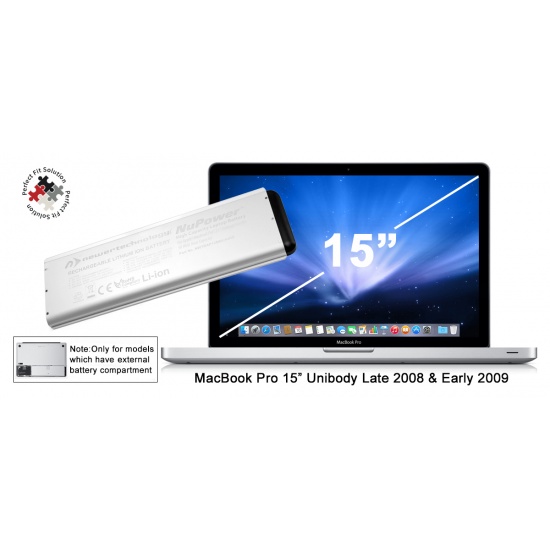
- #Macbook pro early 2009 vs macbook early 2009 mac os x#
- #Macbook pro early 2009 vs macbook early 2009 install#
- #Macbook pro early 2009 vs macbook early 2009 Patch#
- #Macbook pro early 2009 vs macbook early 2009 Bluetooth#
Hard drive: 320/640 GB/1 TB 7200 rpm SATA drive.Video out: Mini DisplayPort, DVI and VGA with optional adapters.Graphics: ATI Radeon HD 4850 build-to-order option.Graphics, 3.06 GHz: Nvidia GeForce GT 130 with 512 MB dedicated VRAM.Graphics, 2.93 GHz: Nvidia GeForce GT 120 with 256 MB dedicated VRAM.Graphics, 2.66 GHz: Nvidia GeForce 9400M, used 256 MB of system RAM RAM, supports up to 1920 x 1200 external digital display, 2048 x 1536 analog display, and monitor spanning.RAM: 2/4 GB, expandable to 8 GB using two 1066 MHz DDR3 SDRAM.
#Macbook pro early 2009 vs macbook early 2009 mac os x#
#Macbook pro early 2009 vs macbook early 2009 Patch#
requires Mac OS X 10.5.6 Leopard through 10.11 El Capitan, macOS Sierra via patch tool – see macOS Sierra on Low End Macs.
#Macbook pro early 2009 vs macbook early 2009 install#
PowerPC Macs won’t let you install OS X to a USB drive or choose it as your startup volume, although there is a work around for that. PowerPC Macs running any version of the Mac OS prior to 10.4.2 cannot mount GPT volumes. Both PowerPC and Intel Macs can boot from APM (Apple’s old partitioning scheme) hard drives, which is the format you must use to create a universal boot drive in Leopard. Only Macintel models can boot from GPT hard drives. Intel-based Macs use a partitioning scheme known as GPT.
/83264344-56a5d4763df78cf7728a0cf0-182b4baffa07440bb1294677f580e617.jpg)
This should be good enough for most users. Note that 20″ aluminum iMacs use an 18-bit LCD, which can only display 262,144 colors, not the “millions” all other iMacs can display. See our macOS Sierra page for more details and a link. The Early 2009 iMacs ship with OS X 10.5.6 Leopard, and they are compatible with OS X 10.11 El Capitan.Īlthough it is not officially supported, the Early 2009 iMac can run macOS Sierra using Colin Mistr’s Sierra Patch Tool. The top-end 3.06 GHz iMac has a 1 TB hard drive and GT 130 graphics with 512 MB of VRAM. The 2.93 GHz iMac replaces integrated 9400M graphics with discrete GeForce GT 120 graphics with 256 MB of dedicated VRAM this can be replaced by Radeon HD 4850 on a build-to-order basis. The 24″ 2.66 GHz model includes 4 GB of RAM and a 640 GB hard drive. 256 MB of system RAM is dedicated to video. The 20″ iMac has 2 GB of RAM, a 320 GB hard drive, an 8x SuperDrive, Nvidia GeForce 9400M graphics, and Apple’s aluminum keyboard and Mighty Mouse.

They support up to 8 GB of RAM and are the first iMacs to use SATA optical drives.
#Macbook pro early 2009 vs macbook early 2009 Bluetooth#
The March 2009 iMacs have four USB 2.0 ports (one more than before), FireWire 800 (but no longer 400), gigabit ethernet, 802.11n WiFi, Bluetooth 2.1+EDR, and an 8x SuperDrive – as well as a slim keyboard with two USB 2.0 ports. (ATI Radeon HD 4850 is a build-to-order option on the high-end iMacs.)

The low-end iMacs use the same Nvidia GeForce 9400M GPU found in current MacBooks and the new Mac mini, while the high-end iMacs use GeForce GT graphics. Apple has updated the iMac with Nvidia graphics as a standard feature ( the Early 2008 iMac used Radeon graphics, although there was an Nvidia GeForce 8800 GS build-to-order option for the 24″ model).


 0 kommentar(er)
0 kommentar(er)
